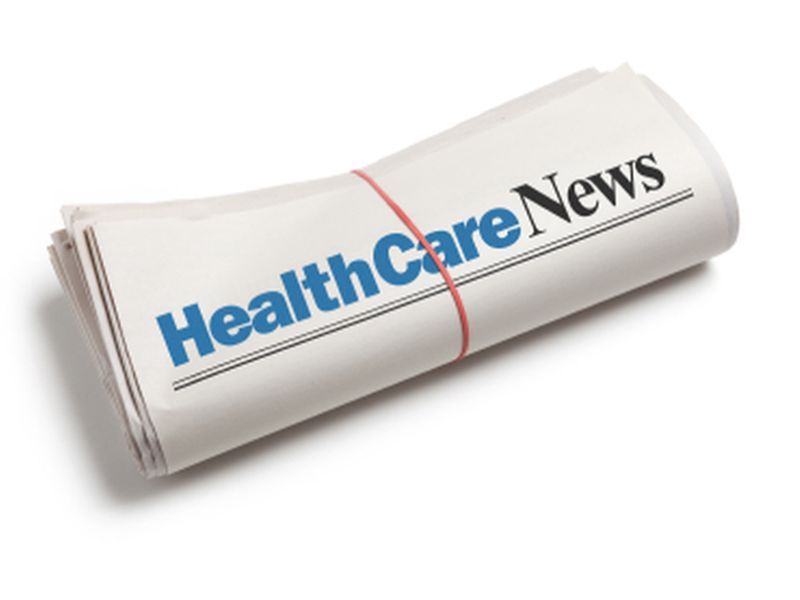
COVID-19 Vaccines for U.S. Kids Still Months Away
Late summer will be the earliest that children in the United States could receive COVID-19 vaccines, experts say.
Pfizer and Moderna are conducting clinical trials of their vaccines in children 12 and older and hope to have findings by the summer, The New York Times reported.
Depending on the results, the companies may then test them in younger children. It typically takes the Food and Drug Administration a few weeks to review data from a clinical trial and approve a vaccine.
Johnson & Johnson, Novavax and AstraZeneca also plan to test their COVID-19 vaccines in children, but aren’t as far along as the other two companies, The Times reported.
About one-quarter of the U.S. population is younger than 21, but that age group accounts for less than 1% of COVID-19 deaths. However, about 2% of children with COVID-19 do have to be hospitalized, and at least 227 children in the U.S. have died of the disease.
“It is a significant disease in children, just not necessarily when you compare it to adults,” Dr. Kristin Oliver, a pediatrician and vaccine expert at Mount Sinai Hospital in New York, told The Times.
While vaccination of adults is well underway, it’s also crucial to vaccinate children to achieve herd immunity, which can halt the pandemic because there are so few people to infect, experts say.
Airport COVID-19 Safety Measures Still Need Work: Report
Safety measures taken by U.S. airports have lowered travelers’ risks of getting the new coronavirus, but more needs to be done, a new report claims.
“To be clear, we are not saying that it is safe to fly,” but precautions taken by airports “do significantly reduce the risk of contracting the virus,” for those who must fly, Leonard Marcus, founding co-director of the National Preparedness Leadership Initiative, said in a news briefing Thursday, the Washington Post reported.
The initiative is a joint program of Harvard’s T.H. Chan School of Public Health and the Kennedy School of Government.
“Airports have made concerted efforts to reduce the risk of COVID-19 transmission,” said Wendy Purcell, a research associate in the department of environmental health at the Harvard Chan School.
She cited one airport that installed two miles of clear physical barriers, 500 hand sanitizing stations and 5,000 floor decals to remind travelers of the importance of social distancing. Others, in conjunction with airlines, have adopted technology that enables people to check in for a flight, check their luggage and obtain a boarding pass with almost no human contact, she added.
Still, “as efforts to overcome the COVID-19 crisis continue, there are risks to any activity in public spaces,” Marcus noted.
The researchers suggested that airports consider limiting eating and drinking in spaces where large numbers of travelers gather.
“If passengers unmask to eat and drink in crowded areas, virus emission rates could increase,” the researchers said.
If such a ban is not possible, steps should be taken to improve air circulation, the study said.
The Harvard team said challenges still faced by airports include improving ventilation systems and making operational changes to handle more people once there’s increased demand for air travel, the Post reported.
U.S. health officials still say people should avoid travel.
This is the second paper from the Aviation Public Health Initiative. The first was released last fall and focused on disease transmission risk aboard aircraft. The papers are funded by a consortium of aviation groups, the Post reported.
As part of their work, the Harvard team surveyed 25 airports of various sizes and performed their own modeling of air quality in those settings.

Leave a Reply